Six months ago tomorrow, our family suffered a trauma. We boarded our beloved eighteen-month-old dog for the first time (although she’d played there as a day boarder multiple times) for two nights and headed out of town to my son’s hockey tournament in Northern California.
At 6:30 am the next morning, we were awakened by the call no dog owner wants to receive: our skittish dog had been walked in a collar, and not the boarding place’s slip leash, got spooked by a car, slipped out of her collar, and ran away.
We were in shock, and being so far away from home, we felt helpless, having to educate ourselves in real time, how to deal with this nightmare, while our emotions and anxieties around our horrific situation were making it very difficult to think clearly enough to know what to do.
I vowed that when I felt up to it, I would compile a list for pet owners to keep and print out and have at the ready in the unfortunate event that something like this ever happened to someone else’s pet. So, for what it’s worth, here are things we did and continue to do to search for our dog. Yes, she’s still missing and yes, we’re still actively looking for her every day.
If you have ideas to add to the list, please feel free to contribute to the comments below.
1. Notify your microchip company.
Your pet isn’t microchipped? Do it today. The microchip company will mark your pet as lost which triggers a blast to veterinarians and other organizations in the area to be on the lookout. Tip: each month, we call our microchip company and they will blast her lost notification again so she doesn’t get forgotten.
2. Have a good photo of your dog ready to go.
Time is of the essence when dogs go missing. Have a photo that shows your animal’s full body in good lighting. If you can extract the dog from the photo’s background (easy to do on an i-phone) and place it on a white background, even better.
3. Know the facts.
Post a description of your dog, their weight, any unique markings. Are they microchipped? Where was your dog last seen? Gather any helpful information. In our case, we mentioned our dog is skittish and added “DO NOT CHASE” as this can land a skittish dog in traffic or other perilous situations.
4. Post and get friends to share and post.
- The first place we posted was Pawboost, a national registry of lost and found pets. We posted our dog as “Lost” and then searched (we still search every day) under their “found” pet section. The website allows you to search as far as a fifty-mile radius.
- Next, we posted to apps like Citizen, Nextdoor and Ring. This is where friends can come in handy. I asked willing friends who live in different areas of Los Angeles to post to their specific neighborhoods to reach more people. While you must be a paying member to post to Citizen, they do allow a thirty-day free trial, so I had to sign up for that before posting. I also checked and continue to check these sites each and every day. Post on Facebook. There are so many “groups” on Facebook for lost pets that are area-specific. I joined them all and check them every day. You can also look on Petco Love Lost (although their website kind of drives me crazy.) I also started searching Petfinder , just in case she’d made her way to a rescue organization who somehow missed the microchip and they put her up for adoption.
5. Make posters.
From everything we read, this is best done on bright, colorful posterboard you get at a place like Office Depot or Staples. We bought posterboard in fluorescent pink, green, yellow, and orange; colors that really stand out. Purchase packing tape. Remember that photo of your dog you extracted from the background and placed on a white background? That gets affixed to the posterboard. We simply write DO NOT CHASE in big letters up top and our phone number at the bottom. Yes, people write “Lost Dog” but that seems like wasted real estate. It’s implied the dog is lost. Make sure the writing (if you are hand writing) is legible.
6. Hang posters.
We printed out google maps within a one-mile radius of where our dog went missing. We identified the busiest intersections, where the posters would be seen by the highest volume of drivers. Then, we taped the posters to those intersections. Make sure the posters are facing oncoming traffic. It’s pointless if they’re facing the wrong direction. Also, we were given a great tip I will try and articulate. Tape down the middle of the poster so that the tape extends above the poster and below the poster. Then tape around the pole over the two places where the tape has extended beyond the poster, this way, the poster will stay flat. If you tape around the poster itself, your poster will bend and whatever you’ve written becomes hard to read. Here is where you can enlist willing friends. We were lucky to have so many help us. You can widen your poster posting radius should your search drag on.
7. Make flyers and pass them out.
Print out a flyer-sized version of the dog on white background with a phone number, then pass them out. This is a great task for friends (and in our case, very kind strangers) who ask, “how can I help?” Where do you pass out flyers? Everywhere! To people in nearby parks, post on community bulletin boards, ask local businesses if they would be willing to place a flyer in their window. Ask pet stores, vets, boarding facilities and other dog-related businesses. Ask at gas stations, convenient stores. Think of places with high volume consumers. Pass them out to people walking dogs, oftentimes, these people will be professional dogwalkers who spend each day walking the very streets where your animal was lost. Hand them out to mail carriers and UPS drivers. Ask local schools if they will post a flyer. We also hung flyers at homeless shelters. At the metro station. Basically, hang them everywhere (but always ask permission first!)
8. Check shelters in person and online.
I live in Los Angeles and quickly became friendly with emplooyees at our local shelter as well as a shelter in Santa Monica close to where she ran away. They both let me leave flyers there and I spoke with officers explaining the situation, asking questions and begging them to keep an eye out for my dog. Now, when I walk into the shelter they will tell me “we still haven’t seen her.” They know me and I know they are looking for her. I also learned (and this can vary from state to state) that when officers see a stray dog, the first thing they do is scan for a microchip. If a phone number comes up, they will call it right away and the owner will meet them in the field to get their animal. Basically, if they can avoid bringing an animal to a shelter they do. In Los Angeles, there is a site called 24petconnect (it may be national, I have no idea) that links up shelter animals. We search there every day. However, not every shelter links up to 24petconnect and Pawboost. For example, I also have to go to Animal Care to see animals at other shelters in South L.A.
On 24 Pet Connect, you can set parameters (i.e. female, spayed, shepherd mix) and you’ll get an email every day with dogs in shelters who fit these parameters. We still get an email every day and still go through it every day.
More unconventional methods:
My husband flew home the day she went missing and began searching on foot for our dog. Our friends and family had been doing this for hours before he got home, to no avail. When I got home the next day, we continued walking around on foot between 9 – 15 miles a day. It was unsustainable. A friend reached out to say she’d read this article on a woman named Babs Fry who helps people track their dogs. She does not charge for this service. We called her. Here is the wisdom she imparted on us. (And here is an article about here from the LA Times)
- After a valiant effort, stop running around looking for your dog. You’ll wear yourself down, you’re calling her name in a frantic, panicked voice (it was so true) and you’ll scare her if she hears you. Babs also believes that running around leaving your scent everywhere doesn’t help a dog find its way home, it confuses them.
- She advised us to hang clothing with our scent both at home (around three miles away) and at the boarding facility as well as spread feces (you read that right) from our second dog as high in the trees as we could so the wind would carry the scent. As well as spray chicken broth as high as possible. The hope was she’d be led back to boarding or find her way home. Dogs do this. Ours did not.
- We told her the facility had hired bloodhounds to track her. This is an actual thing you can do. She explained this was a bad idea because they leave their scent and if she’s close by, that scent acts as a deterrent, she wouldn’t know they were benevolent hounds and she’d leave the area. But I share it as an option for those who are interested.
- Drive around at night: this was a tip given to us by someone else who does a lot of dog rescue and told us that loose dogs are most active at night when the streets are quiet. She said she found so many lost dogs at night.
- You can also pay to have your dog featured on Pawboost. This is cost-prohibitive.
- Know anyone in media? We had a connection at our local news station and they ran a short story on our lost dog.
- 24 Pet Connect will send postcards to whatever mile radius you give them. Also cost-prohibitive.
- You can call an animal psychic (I won’t tell you how many we called.) I am happy for the people who have been reunited with their pets this way. Unfortunately, it didn’t work for us.
- Watch out for people looking to prey on your pain. Sometimes, when I’d post on Facebook, I’d get someone recommending someone who will find my dog for a fee. Nope. They won’t do anything more than what I am telling you. Babs WILL help you trap your dog for free, but you need to have legitimate sightings for her to be able to set up shop. Although she hasn’t been able to help us find our dog (There have not been any for sure sightings) we felt compelled to donate to her non-profit, A Way Home For Dogs, because she is such a good person doing good things.
9. Don’t lose hope.
I never knew I was capable of producing so many tears, but it doesn’t mean I’ve lost hope. I choose to be optimistic. I save stories I read online about pets reunited with their families, months, even years later. I am so happy for them. As tired and sad as I am about the loss of our dog, life moves forward and it’s important to continue to seek out things that make you happy and it’s important for us to show our children that tragic things happen, but they don’t break us. We move through them. We can continue to live our lives and feel the ebb and flow of our feelings and search for our dog.
And before I conclude this very long post, I want to add what to do if you find a pet. Remember, pets are property and it is illegal to keep a found pet. If you find a lost pet you need to actively try and reunite it with its owner. This means taking it to a vet or shelter to get it scanned for a microchip and posting on the sites I mentioned above. If someone claims to be the owner of the pet you found, ask to meet them at a vet or shelter so a professional can verify the animal’s microchip. If that’s not possible, ask the owner to show you photos of them with the dog. There are some shady people out there, especially when it comes to breed-specific dogs like pugs, etc.
I saved the photos for the end in case you wanted to copy and paste this what-to-do list and not have to print out photos of my missing dog. You’re welcome. You may not want to share about the books I write, or the books I make or the writing classes I teach, but I do hope you share this particular information far and wide so that people know exactly what to do should their pet ever go missing. I wish I’d had this list six months ago.
Feel free to add ideas in the comments section.




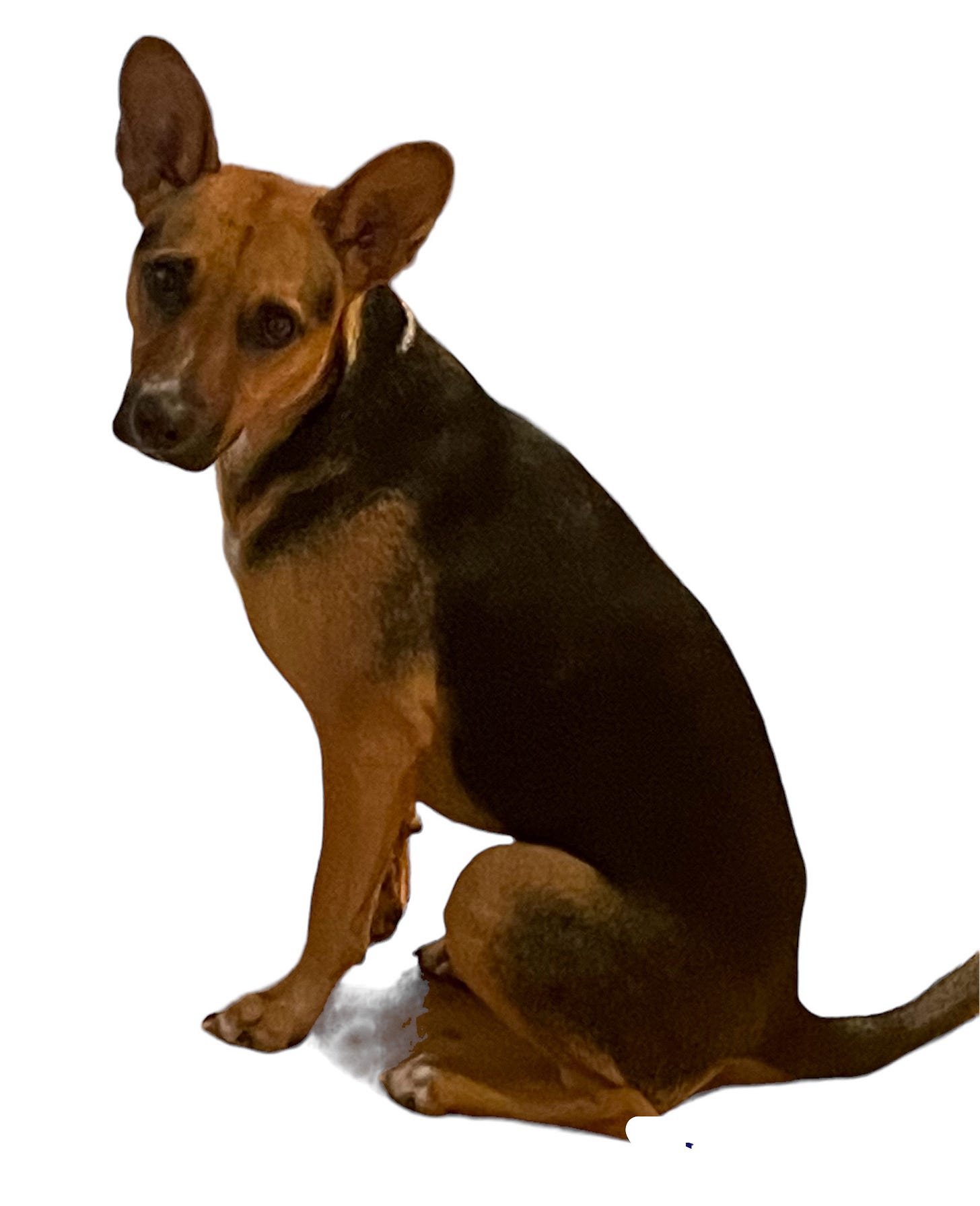
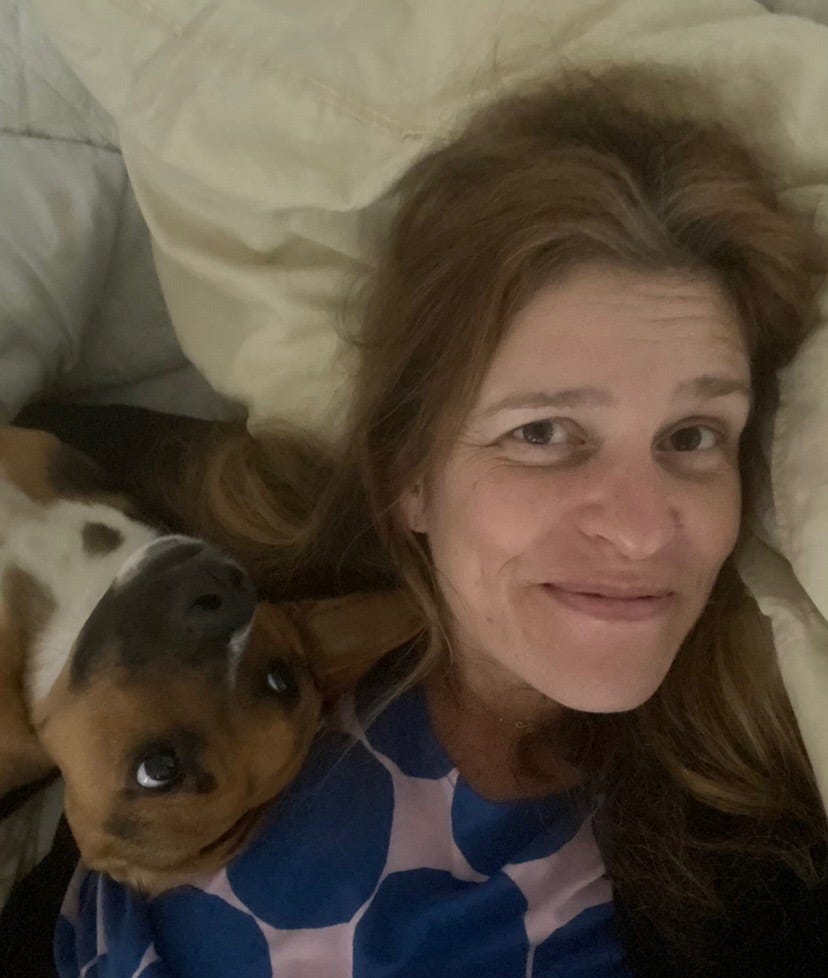
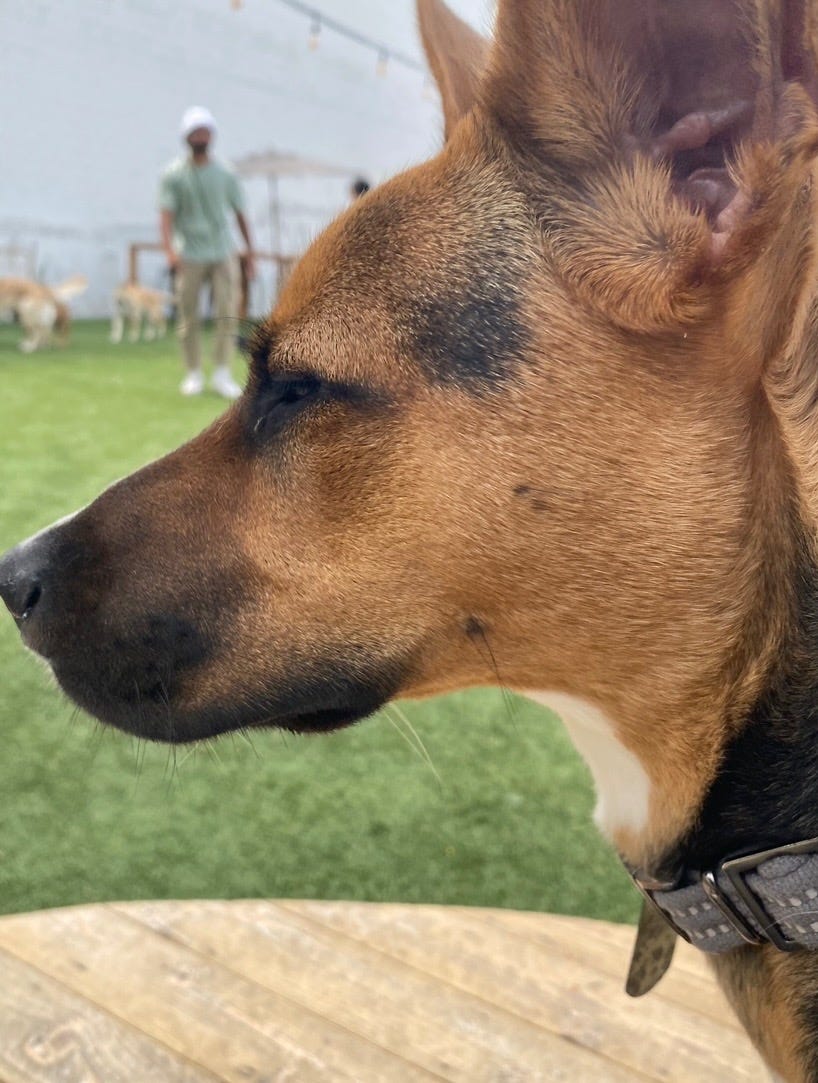
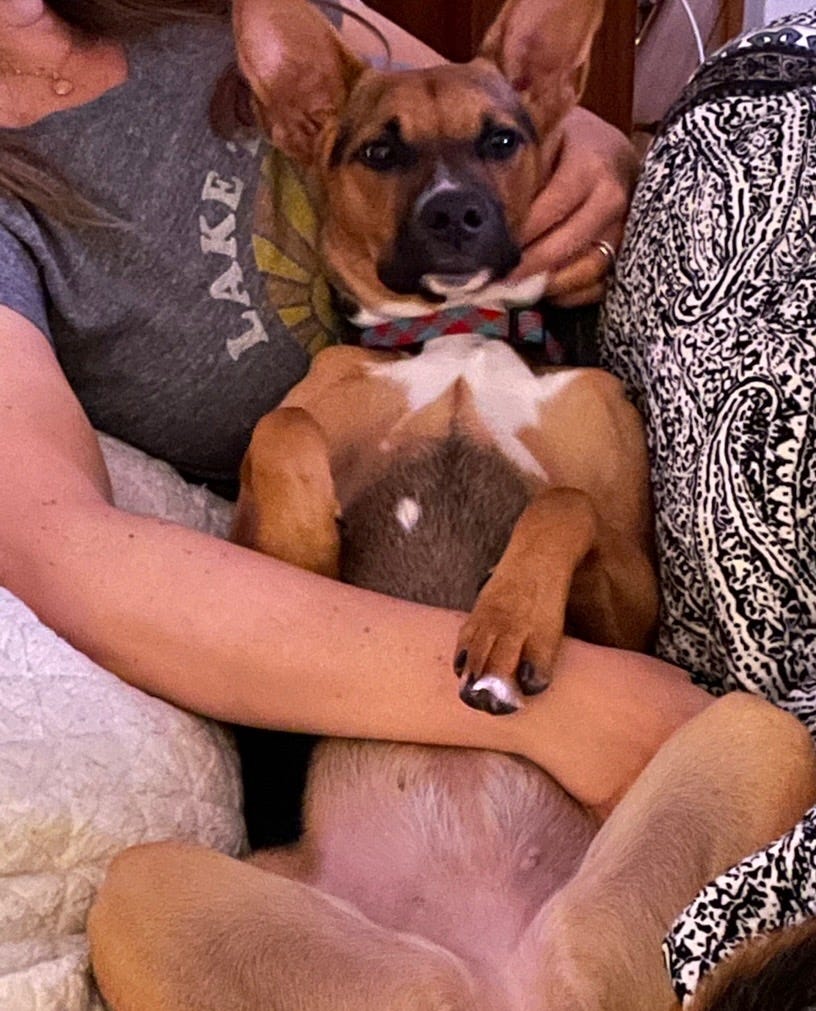
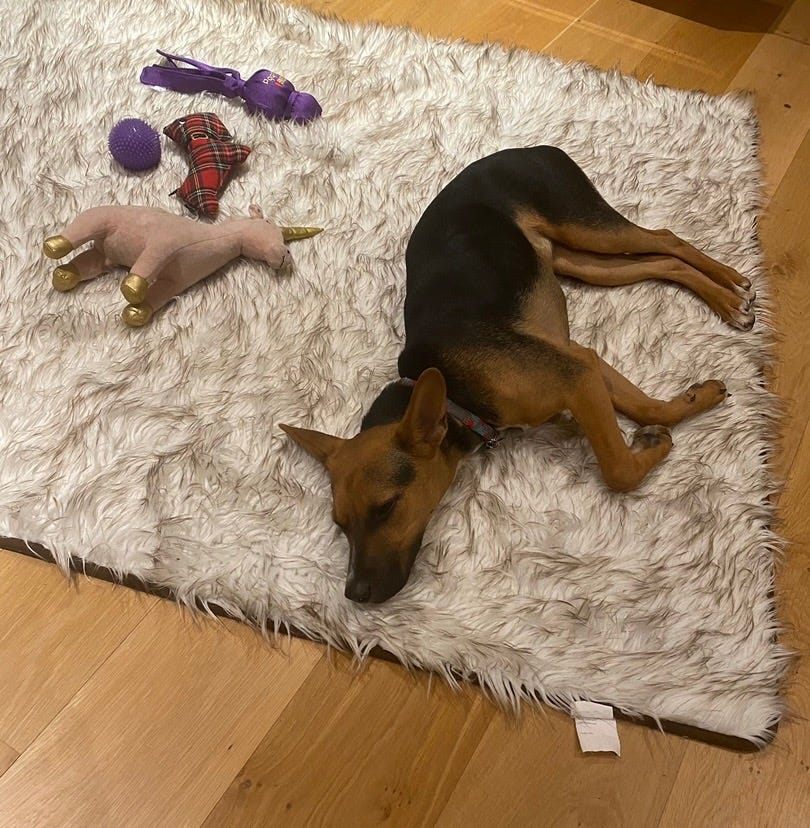
Oh, Jennifer, this breaks my heart! You’ve done so much to find your beautiful dog, and I hope all your efforts pay off. If it’s any consolation, I have a dear friend whose skittish cat was missing for almost a year and was eventually found. Thank you so much for putting together this amazing list. I’ll share it wherever I can and ask others to share.
What a great resource! Beautifully written.